Sydney Modern

Nearly three months have passed since the new building at the Art Gallery of New South Wales (AGNSW) opened (3 December 2022). This summer, Sydney Modern, as the new North building by Japanese architectural firm SAANA is popularly known, has been Sydney’s main attraction and topic of conversation. Critical opinion has been mixed, and Sydney’s famous snippiness – one version of the national tendency to doubt our achievements – has been in overdrive, but the public response is clear: hundreds of thousands have visited the Gallery to take in the building, view its first exhibitions, and revel in the renewal of the Gallery’s much-loved old buildings. It’s been a triumph: ‘Sydney Modern’ is now a city landmark.
It is, quite simply, glorious. SAANA’s Pritzker Prize-winners, Kazuyo Sejima and Ryue Nishizawa, have given the city an exceptionally beautiful setting for its contemporary cultural life that responds to, and respects, the ancient significance and historical inflections of the site. A series of intersecting pavilions seem to float down the slope from Art Gallery Road to the Harbour, all lightness and air on four physical levels, in curvilinear natural forms that have been described as ‘informal’, to quote architect Anthony Bourke. In fact, the building conforms to a complex geometry whose very different logic from the post and lintel architecture of the older AGNSW buildings, whether classical or modernist, is immediately apparent. To underscore the point: at the threshold of the new building, giant playful blue figures by Francis Upritchard cavort and clutch at the columns of the Welcome Plaza. It is a clear invitation to leave preconceptions at the door.
 Art Gallery of New South Wales featuring Takashi Murakami, Japan Supernatural: Vertiginous After Staring at the Empty World Too Intensely, I Found Myself Trapped in the Realm of Lurking Ghosts and Monsters 2019 (photograph by Iwan Baan)
Art Gallery of New South Wales featuring Takashi Murakami, Japan Supernatural: Vertiginous After Staring at the Empty World Too Intensely, I Found Myself Trapped in the Realm of Lurking Ghosts and Monsters 2019 (photograph by Iwan Baan)
Inside, the diagonal descent through the four levels from bright light into what will eventually be Stygian darkness, is centred around a great void. The core of the building is space, more or less vertical airy space: lyrical, diaphanous, and intersected horizontally by enormous galleries. This is a bold solution to an extremely difficult site. I keep searching for a vegetal analogy for the structure: the lateral relationships, and the ways the galleries and external terraces come off the central core, seem like lily pads coming off a rhizomatic stalk.
Despite the immense complexity of the shapes and volumes of Kazuyo Sejima’s building, and the impossible grandeur of the three-storey volume at the heart of her building, it is, remarkably, immediately legible: there is an unforgettable moment on arrival when the entire gallery lies before and below, when one sees at a glance how it is structured, where main destinations are located. This instant intelligibility, this accessibility, is fundamental to a successful public building: it welcomes everyone, it shows, in its very structure, that the Gallery is for everyone, in every way. This attitude drives each aspect of the project, expressed here in the making of the building. Art museums are one of the contemporary world’s great meeting places – free, mostly unscheduled, engaging, relatively Covid-safe – and the AGNSW’s frank embrace of this function is meeting a huge need. The social value of the reconfigured Gallery’s two buildings is immense. ‘Art for all’ say the Gallery’s royal-blue street banners, and this promise is kept from the minute one steps into the building.
It is an emotional tone underscored by Seijima’s use of lovely warm materials, simultaneously elegant and relaxed. The flesh-pink screen around the shop was commissioned from surfboard manufacturers on Sydney’s Northern beaches; a magnificent rammed-earth wall is offset with Portuguese limestone, the colours soft, slightly golden. This apparent casualness allows careful management of the enormous spaces: despite summer days when 18,000 people poured in, and queues formed for some displays, the building never seemed over-crowded. That is the point of the huge interior volume: traffic management is about the sense of space as luxury, to be freely enjoyed. The transits down the escalators are not only physical: they are emotional.
 Yiribana Gallery featuring (from left) Yukultji Napangati Untitled 2005, Doreen Reid Nakamarra Untitled 2007, Bobby West Tjupurrula Tingari sites around Kiwirrkura 2015 and Ronnie Tjampitjinpa Tingari fire dreaming at Wilkinkarra 2008, and (top) Yhonnie Scarce Death zephyr 2017 (photograph by Zan Wimberley)
Yiribana Gallery featuring (from left) Yukultji Napangati Untitled 2005, Doreen Reid Nakamarra Untitled 2007, Bobby West Tjupurrula Tingari sites around Kiwirrkura 2015 and Ronnie Tjampitjinpa Tingari fire dreaming at Wilkinkarra 2008, and (top) Yhonnie Scarce Death zephyr 2017 (photograph by Zan Wimberley)
A clear statement of this determined inclusivity runs through the content of the first installations, in both buildings. Importantly, Indigenous Australian art is foregrounded with the placement of the Yiribana Gallery at the moment of arrival in the SAANA building, the only art on that level, and is everywhere integrated in displays in both buildings; work by women is now a focus, with the Gallery honouring its commitment to gender parity across collections, commissions, and exhibitions; and an innovative conception of the relationships between Australian and international artists is manifested throughout, perhaps most strikingly in the South building, where historical international and Australian collections are shown together for the first time, a welcome innovation.
In the North building, with its focus on the contemporary, I see a distinct preference for art from the Southern Hemisphere – New Zealand, the Pacific, South Africa – and from Asia. This is a truly global conception of contemporary art. In the magnificent Dreamhome: Stories of Art and Shelter, for instance, we see commissioned works by Los Angeles artist Samara Golden alongside collaborative work by the Filipino-Australian duo Alfredo and Isabel Aquilizan, together with major works by the British artist Phyllida Barlow and Māori Michael Parekowhai. The exhibition’s provocative title – whose ‘dream home’? in the suburbs? in a new country? – speaks to the Gallery’s commitment to contemporary questions. This runs through the splendid Outlaw, featuring video works in a specially equipped gallery; these spring from Chinese drawn martial arts narratives and centre on Howie Tsui’s terrific five-channel Retainers of anarchy (2017). Not all displays are equally successful: it will take time for the Gallery to settle into this new home and explore its challenges and possibilities, and at the moment, to be honest, they are often crammed full, manifesting the urgency with which the new building has been awaited. (All new art museums are overhung.)
 The Tank space in the Art Gallery of New South Wales (photograph by Jenni Carter)
The Tank space in the Art Gallery of New South Wales (photograph by Jenni Carter)
Finally, the lowest level of the building: the Tank, built in 1942 as wartime maritime fuel storage. It was extraordinary good fortune to be able to incorporate the Tank into the North building: it is exactly the sort of resonant industrial setting that today’s artists crave for installations. The passion for frisson between contemporary art and obsolete settings may change or fade away, but this 2,200 square metre space, now featuring a fantastical subterranean world by Argentinian-Peruvian Adrián Villar Rojas, is reconfigurable for annual ephemeral projects. It is an unexpected gift from the past to the future.
Let’s return to the light-filled upper floor of the North building, to address a few of the canards quacking around the AGNSW this summer. One opinion says the new building is all entertainment, that there is not much additional space for art. Nonsense: exhibition space has nearly doubled, from 9,000 to 16000 square metres; the 1,300 square metre room in the new building, which will first be used for temporary exhibitions when the Louise Bourgeois show opens next summer is, I believe, the largest in an Australian art museum. I suspect the sheer size of the building has led some to mistake the scale of its huge rooms: to wit, Soojakim’s participatory Archive of mind (2016) is given the luxury of one gigantic room for a single work. One more measure: floor space for twentieth-century art in the South building has doubled. This reconfiguration has ensured huge visitation.
That said, Naomi Stead in The Saturday Paper is right: the huge circulation spaces are for parties and being seen and Instagramming. And that’s exactly the point: public use in all its forms. And while there has been a lot of talk about the availability, or not, of Harbour views, the new building is not a Harbour viewing platform. Instead, SAANA offers a series of conceal and reveal moments that promise, flirt with, and eventually reveal Sydney Harbour to the north, as one transits through the building. Finally, the exterior terraces are revealed as park-like spaces for public use, day and night, with those spectacular views.
The Sydney Modern Project has, as the AGNSW claims, transformed the older South buildings, with beautiful work there by Sydney firm Tonkin Zulaikha Greer Architects. In the process, the Project has renovated the offerings spread between the two buildings. Taken as a whole, the Gallery’s campus provides the full range of the contemporary art museum: galleries, including huge reconfigurable spaces, but also film and lecture theatres, spaces for performances and music, function and members rooms; cafés and terraces, and what is undoubtedly the country’s leading art library, complete with a dedicated children’s library.
Each function is enabled by specific architectural settings. Which is one way to look at the relationships between the principal building campaigns at the AGNSW: each moment is recognised, preserved. There are three distinct museum moments: the grand Old Courts at the turn of the nineteenth century; 1970s brutalism for modern art in Andrew Andersons’s Cook Wing; and the floating spaces of SAANA’s building for the multiple art forms in the future museum. All are respected. Which is why I prefer the buildings being completely separate. And while cross-references between historical holdings in the South building and contemporary works in the North are continually made, each manifests a particular moment in the development of art museums. By May 2023, the two buildings, indeed the entire site, will have been linked, and with the entire site, by Wiradjuri and Kamilaroi artist Jonathan Jones’s Indigenous art garden, entitled bíal gwiyúŋo (the fire is not yet lighted), which is still under construction. Expect an update then.
Above all, the Art Gallery of New South Wales has made bold choices: to welcome all; to respect the past while welcoming the future; to recognise that the Gallery sits on Gadigal land, and to be conscious of that legacy and responsibility; to actively address social issues; and to engage a firm of Japanese architects to build its new future-facing building in the country’s largest Asian-Australian city. This is a defining moment in Australian art museum history – on many levels.


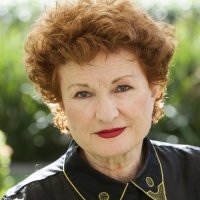
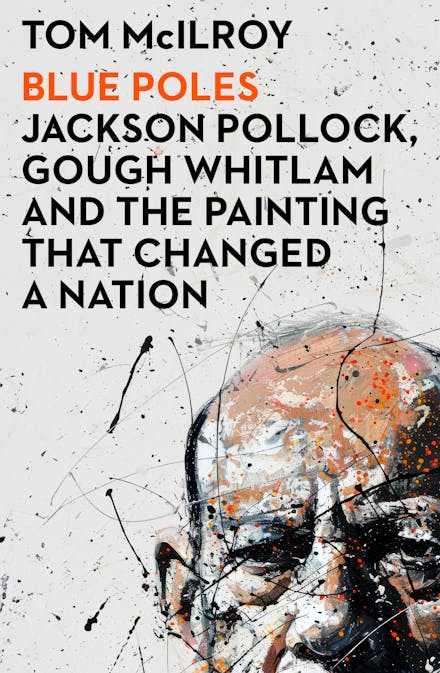
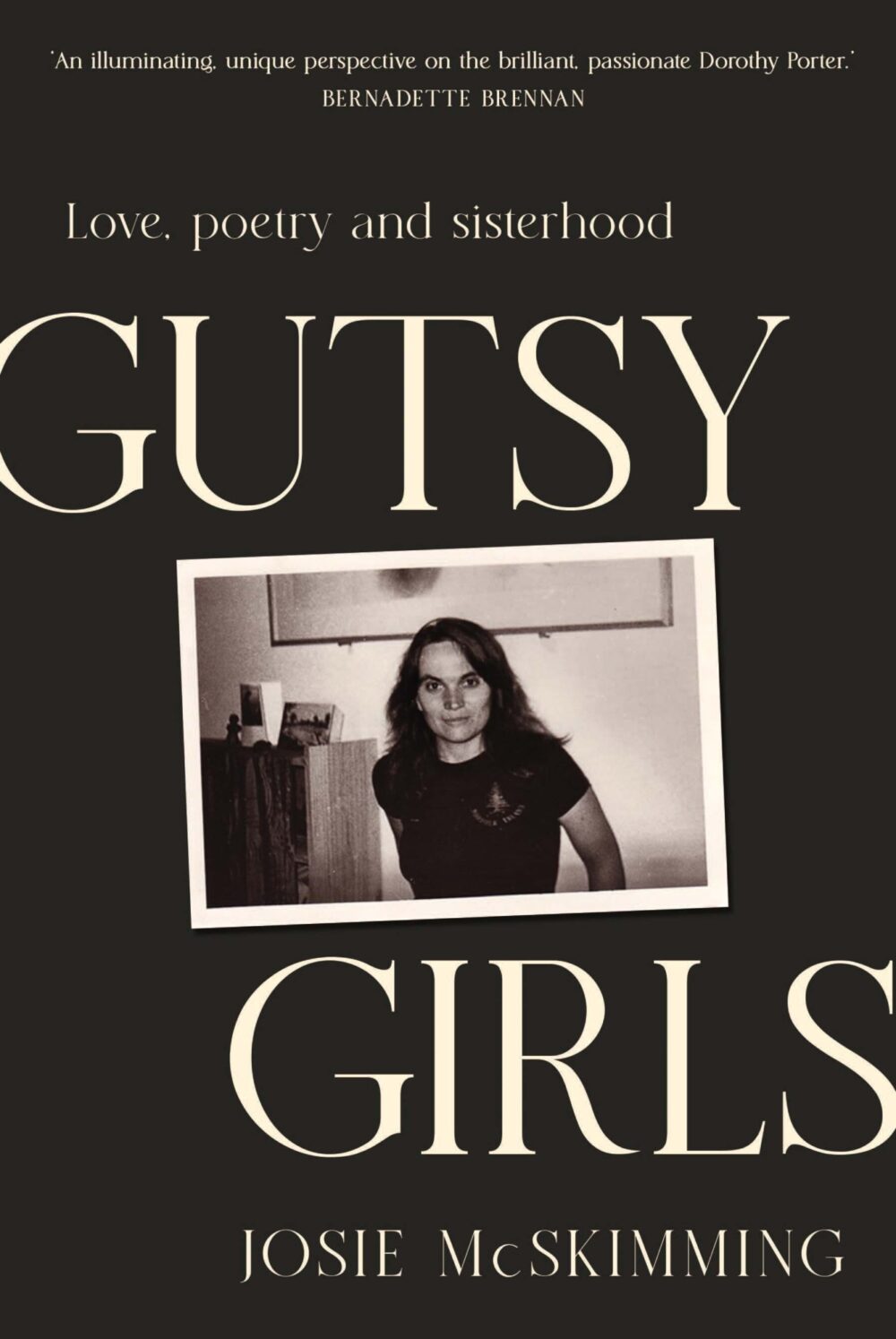
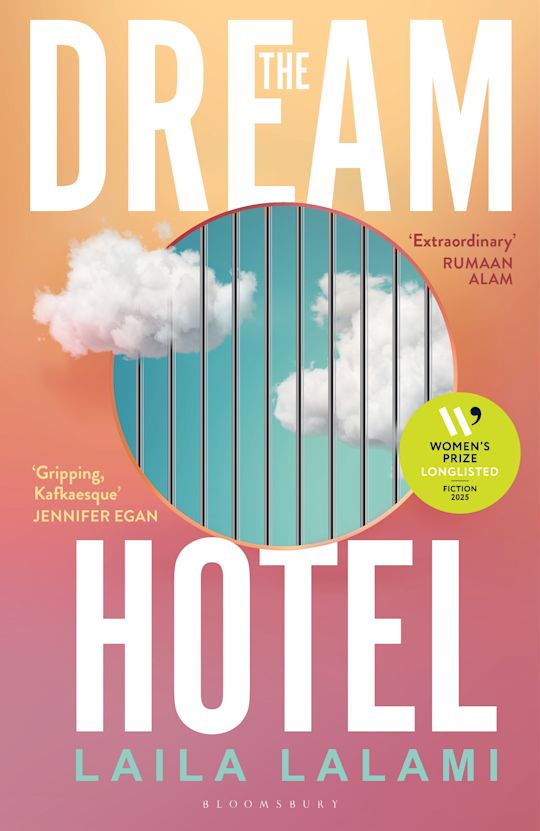
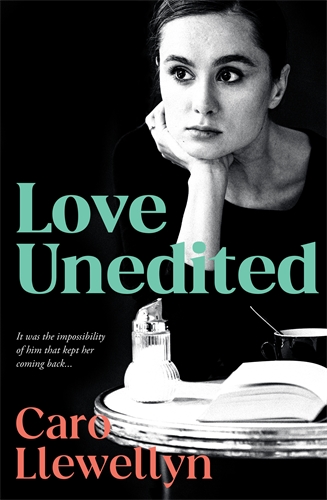








Comments (3)
Leave a comment
If you are an ABR subscriber, you will need to sign in to post a comment.
If you have forgotten your sign in details, or if you receive an error message when trying to submit your comment, please email your comment (and the name of the article to which it relates) to ABR Comments. We will review your comment and, subject to approval, we will post it under your name.
Please note that all comments must be approved by ABR and comply with our Terms & Conditions.